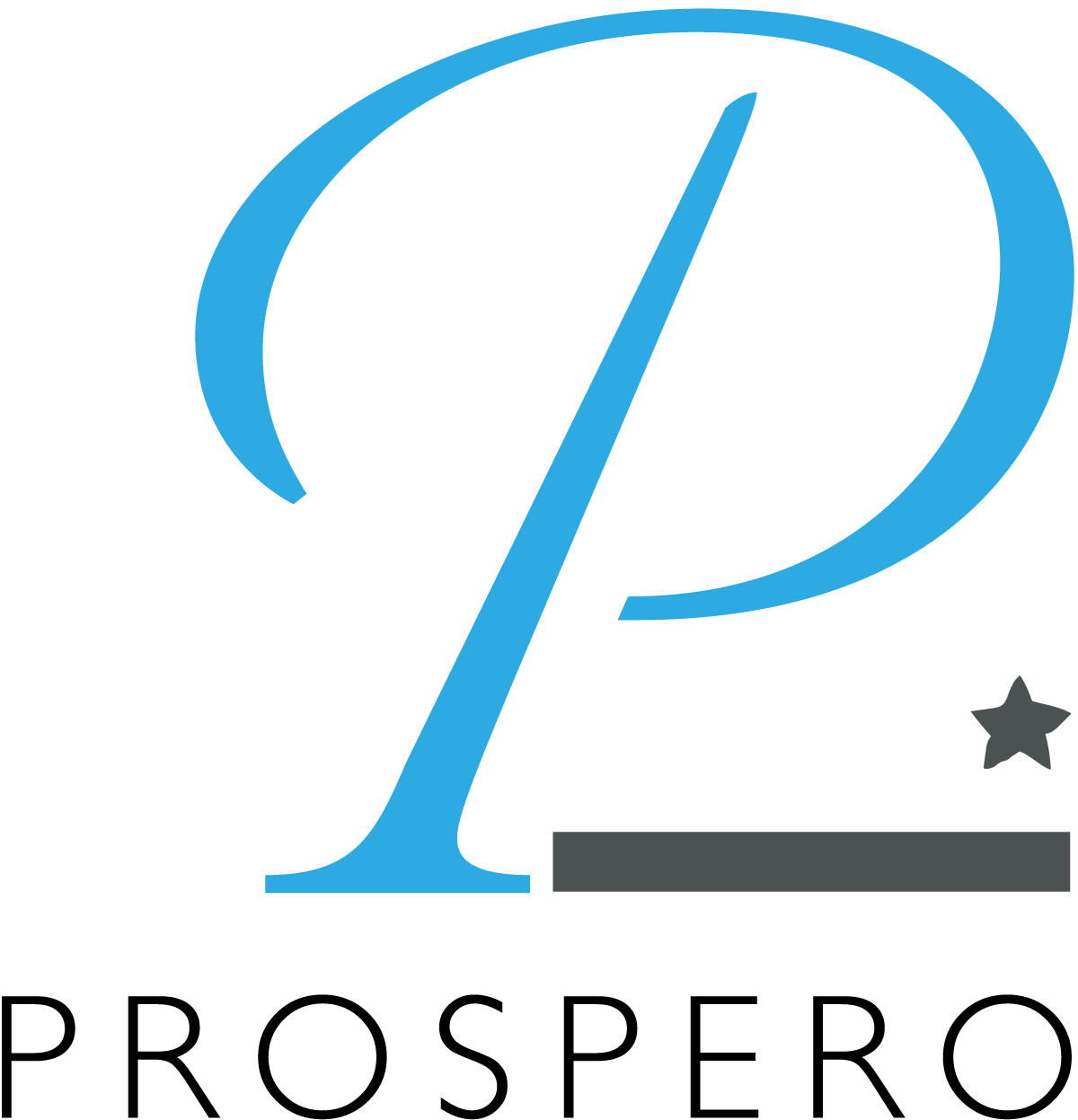Mit Bach’s Horns präsentiert Solomon’s Knot ein originell konzipiertes Album, das drei Werke Johann Sebastian Bachs in ein neues dramaturgisches Verhältnis setzt – ohne dabei den historischen Geist oder musikalischen Anspruch zu verlieren. Im Zentrum steht die sogenannte „Jagd-Kantate“ (Was mir behagt, ist nur die muntre Jagd, BWV 208), flankiert von der feierlichen Messe in F-Dur (BWV 233) sowie dem 1. Brandenburgischen Konzert in F-Dur (BWV 1046), das hier auf faszinierende Weise sowohl als klanglicher Auftakt als auch als integraler Bestandteil der Kantate erklingt.
Die Geschichte des Horns in der klassischen Musik beginnt überraschend spät. Erst im frühen 18. Jahrhundert etabliert sich das Naturhorn als musikalisches Soloinstrument – zuvor war es primär Kommunikationsmittel in der Jagd und Symbol höfischer Repräsentation. Johann Sebastian Bach zählt zu den ersten Komponisten, die das Horn systematisch in die musikalische Praxis einbeziehen und dessen Klangidiom für Kantate, Messe und Konzert erschließen.
Bachs „Jagdkantate“ BWV 208.1 erklang erstmals im Februar 1713 zum Geburtstag des Herzogs Christian zu Sachsen-Weißenfels, dessen besondere Passion der Jagd galt. Der Textdichter Salomon Franck (1659–1725) zeigte sich bestrebt, das Herrscherlob möglichst einfallsreich aus dessen Jagd-Leidenschaft abzuleiten.
Über die Frage der Forschung, ob Bach ursprünglich vorhatte, die fünfsätzige Frühfassung des späteren Brandenburgischen Konzerts Nr. 1 der Jagdkantate voranzustellen, kann nur spekuliert werden. Ensembleleiter Jonathan Sells brachte dies aber auf die Idee, Konzert und Kantate ineinander verzahnt aufzuführen – gut vorstellbar, dass Bach es ebenso gemacht hätte! In dem einige Jahre nach der Jagdkantate entstandenen Konzert weitet Bach die Rolle der Hörner deutlich aus: Sie interagieren auf Augenhöhe mit Oboen, Violinen und dem Violino piccolo. Der Wechsel zwischen archaischer Jagdanmutung und konzertanter Eleganz lässt das Horn als draufgängerischen Grenzgänger zwischen Tradition und Kunstmusik erscheinen. In der um 1738/39 in Leipzig entstandenen F-Dur-Messe BWV 233.2 schließlich finden die Hörner Eingang in die sakrale Sphäre.
Mit Bach’s Horns rückt ein Aspekt von Bachs Schaffen in den Fokus, der oft übersehen wird: seine besondere Affinität zum Horn und seine Fähigkeit, dessen Klangwelt in unterschiedlichste Kontexte zu überführen.
*
With Bach’s Horns, Solomon’s Knot presents a boldly conceived album that places three of Johann Sebastian Bach’s works in a newly imagined dramatic relationship—without departing from historical integrity or musical depth. At the heart of the programme is the so-called “Hunt Cantata” (Was mir behagt, ist nur die muntre Jagd, BWV 208), framed by the festive Mass in F major (BWV 233) and the First Brandenburg Concerto in F major (BWV 1046), whose first movement serves here as a jubilant overture to the cantata, while its other movements are inserted at structurally fitting points within it.
The history of the horn in classical music began surprisingly late. It was not until the early 18th century that the natural horn established itself as a musical solo instrument – previously it had primarily been a means of communication in hunting and a symbol of courtly representation. Johann Sebastian Bach was one of the first composers to systematically incorporate the horn into musical practice and develop its sound idiom for cantatas, masses and concertos.
Bach’s ‘Hunting Cantata’ BWV 208.1 was first performed in February 1713 on the birthday of Duke Christian zu Sachsen-Weißenfels, whose particular passion was hunting. The librettist Salomon Franck (1659-1725) endeavoured to derive the ruler’s praise as imaginatively as possible from his passion for hunting.
Researchers can only speculate as to whether Bach originally intended the five-movement early version of the later Brandenburg Concerto No. 1 to precede the Hunting Cantata. However, ensemble director Jonathan Sells came up with the idea of performing the concerto and cantata together – it is quite conceivable that Bach would have done the same! In the concerto, which was composed a few years after the hunting cantata, Bach significantly expands the role of the horns: They interact at eye level with oboes, violins and the violino piccolo. The alternation between an archaic hunting impression and concertante elegance makes the horn appear as a daring border crosser between tradition and art music. Finally, in the F major Mass BWV 233.2, composed in Leipzig around 1738/39, the horns find their way into the sacred sphere.
Bach’s horns bring to the fore an aspect of Bach’s oeuvre that is often overlooked: his special affinity with the horn and his ability to transpose its sound world into a wide variety of contexts.




















